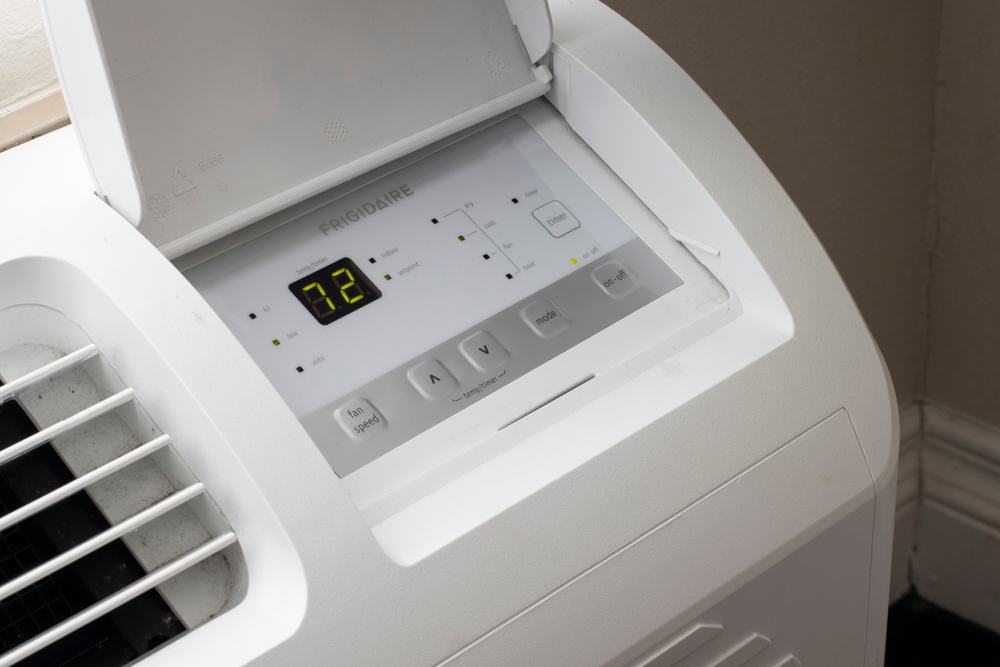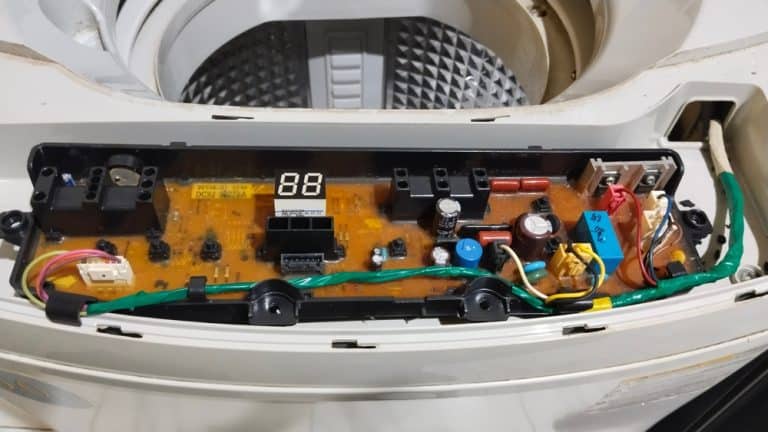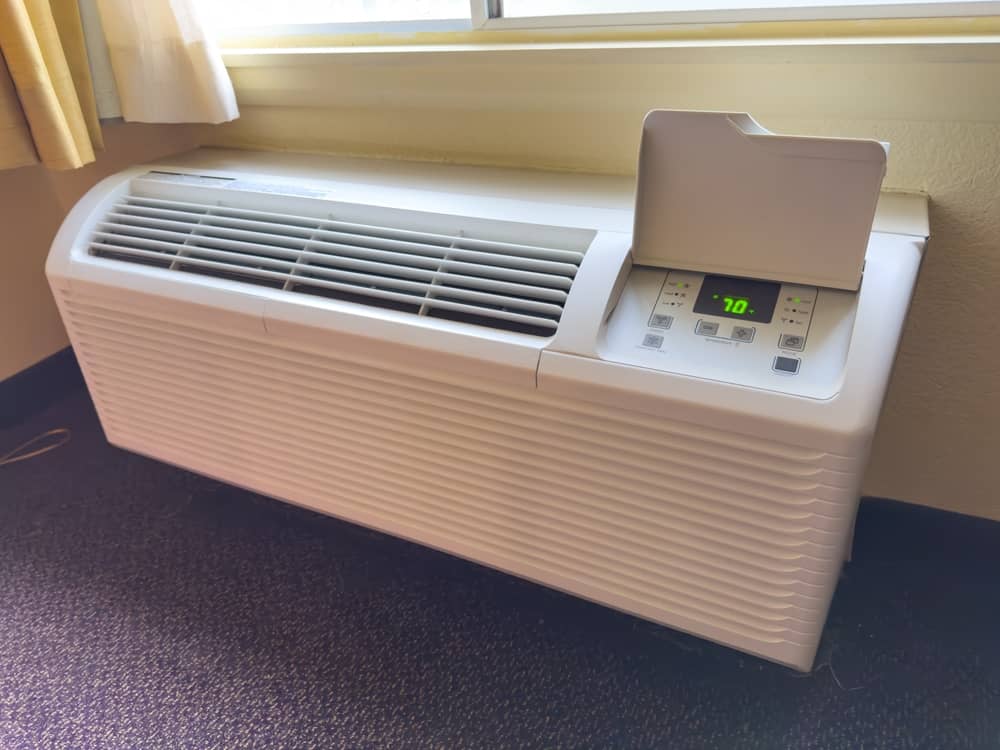Menu
(646) 740-0112
(646) 740-0112
Discover why residents and property managers in New York City trust us for their HVAC needs. Read testimonials from our clients who have experienced the quality, professionalism, and reliability that we bring to every project. Their stories highlight our commitment to excellence and customer satisfaction.

In East New York, NY, PTAC (Packaged Terminal Air Conditioner) units are an integral part of maintaining a comfortable indoor environment. These units, commonly found in hotels, apartments, and commercial buildings, provide an all-in-one solution for heating and cooling individual rooms. Understanding how they work is key to identifying when they need repair. PTAC units in East New York, especially in the diverse climate of Kings County, are subjected to significant wear and tear. This makes knowledge of their operation and maintenance crucial for property owners and managers.
VarCompanyNameFull has been at the forefront of providing expert PTAC repair services in East New York. Our experience has shown that a well-maintained PTAC unit not only ensures consistent comfort but also extends the unit’s life. In East New York, we’ve seen a range of common issues, from simple filter clogs to complex compressor problems. By familiarizing yourself with these units, you can better communicate issues when they arise, ensuring quicker, more efficient service from professionals like us at High Tech PTAC Service NYC.
Our team at High Tech PTAC Service NYC has extensive knowledge and experience in handling PTAC units specific to East New York, NY.
We understand the urgency of PTAC issues and offer prompt, reliable repair services in Kings County to minimize your inconvenience.
At High Tech PTAC Service NYC, we prioritize your satisfaction, ensuring quality repairs that stand the test of time in East New York.

Recognizing early signs of malfunction in your PTAC unit is crucial for timely intervention, particularly in East New York, NY. The first telltale sign is unusual noise. A properly functioning PTAC unit operates with minimal sound. If you notice rattling, buzzing, or any other strange noises, it’s a clear indication that something’s amiss, potentially requiring professional attention from High Tech PTAC Service NYC. The second sign is inefficiency in heating or cooling. This could point to several issues, including problems with the thermostat, compressor, or even refrigerant leaks.
Continuing, the third sign to watch for is the presence of strange odors. These can range from a musty smell indicating mold growth to a burning scent hinting at electrical issues. Fourthly, water leakage not only poses a risk to the unit itself but can also lead to property damage and health hazards. Lastly, an unexpected spike in energy bills in Kings County can signal that your PTAC unit is working harder than it should, indicating a potential fault. Understanding these signs and reacting promptly can save you from more extensive repairs. At High Tech PTAC Service NYC, our skilled technicians are always ready to assist, reachable at (646) 740-0112.

Proactive maintenance is the key to ensuring the efficiency and longevity of your PTAC unit in East New York, NY. Regular check-ups can prevent most common issues, such as clogged filters or blocked vents, which are prevalent in Kings County’s varied climate. Simple steps like cleaning or replacing air filters, checking for any obstructions, and ensuring proper thermostat settings can significantly improve your unit’s performance. For more complex systems, professional servicing from High Tech PTAC Service NYC is recommended to handle intricate components like coils and compressors.
Moreover, scheduled professional maintenance can be a game-changer for the health of your PTAC units in East New York. At High Tech PTAC Service NYC, we specialize in comprehensive check-ups that cover every aspect of your unit, ensuring they are in top-notch condition. Our expertise in handling PTAC units specific to Kings County’s climate conditions means we’re well-equipped to address any issues before they escalate. Remember, a well-maintained PTAC unit not only functions better but also saves you money on energy bills and costly repairs. Don’t hesitate to reach out to us at (646) 740-0112 for expert maintenance and repair services.
At the northern edge of what is now East New York, a chain of hills, geologically a terminal moraine, separates northwestern Long Island from Jamaica and the Hempstead Plains, the main part of Long Island’s fertile outwash plain. The southern portions of the neighborhood, meanwhile, consisted of salt marshes and several creeks, which drained into Jamaica Bay. These areas were originally settled by the Jameco Native Americans, and later used by the Canarsee and Rockaway tribes as fishing grounds.
In the 1650s Dutch colonists began settling in what are now the eastern sections of Brooklyn, forming the towns of Flatbush, Bushwick, and New Lots (the predecessor of East New York). The area along with the rest of Brooklyn and modern New York City was ceded to the British Empire in 1664. A few 18th-century roads, including the ferry road or Palmer Turnpike from Brooklyn to Jamaica, passed through the chain of hills; hence the area was called “Jamaica Pass”. During the American Revolutionary War, invading British and Hessian (German) soldiers ended an all-night forced march at this pass in August 1776 to surprise and flank General George Washington and the Continental Army, to win the Battle of Long Island (also known as the Battle of Brooklyn or the Battle of Brooklyn Heights).
In 1835, Connecticut merchant John Pitkin (the namesake of Pitkin Avenue) purchased the land of the Town of New Lots north of New Lots Avenue, opening a shoe factory at what is now Williams Street and Pitkin Avenue. Pitkin named the area “East New York” to signify it as the eastern end of New York City. In 1836 the Brooklyn and Jamaica Railroad (soon to become part of the Long Island Rail Road) opened through the area; it did not originally stop in East New York, but a stop there was added by 1844. The LIRR moved its terminus to Queens in 1860, and the line through Brooklyn was shortened to end at East New York.
Learn more about East New York.Designed by Hub It Group